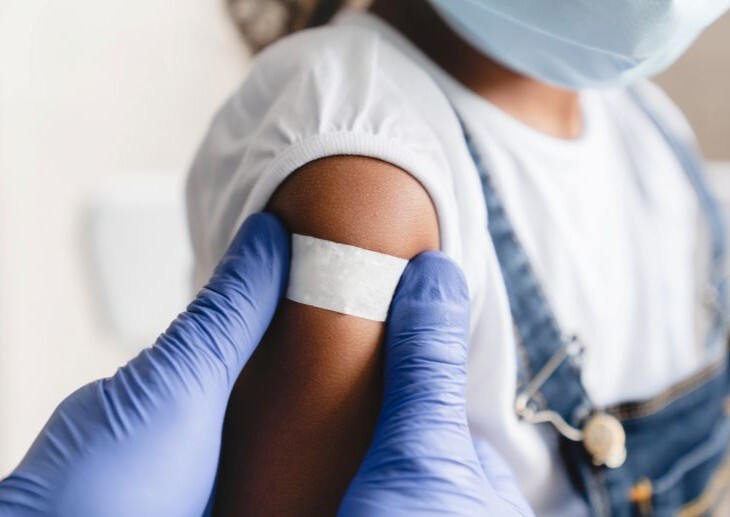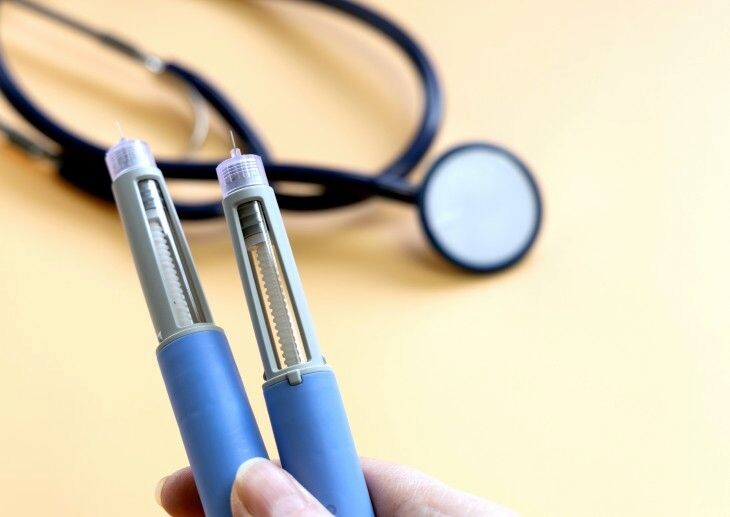The gender pay gap across NHS England and Improvement was 16.2% as of March 2021, new data has shown.
This figure is the difference in the average hourly rate between female and male employees in the organisation, calculated using base pay, allowances and bonus pay where applicable.
It marks a slight reduction of 0.4 percentage points since March 2020, which NHSE described as ‘a positive’ step against ‘the backdrop’ of the pandemic and the ‘urgency to fill roles’.
The figure has also decreased 5 percentage points since 2018, when the gender pay gap was 21.2%.
Just over half (56%) of staff in the upper pay quartile are women, while four-in-five of the lowest paid quartile are female.
Organisations with 250 or more employees are mandated by the Government to report annually on their gender pay gap, under the Equality Act 2010.
NHSE said: ‘Of course, although an improvement has been made, the data does still present a gender pay gap within our organisation.’
However, for its Clinical Excellence Awards (CEA) payments, NHSE reported a mean gender pay gap of 75.5%, up from 53.8% in 2020.
It said this gap arises ‘as the number of women with CEA payments has reduced by one employee’ and that ‘only 12 staff receive a CEA payment in the organisation’.
According to ONS data published last week, the gender pay gap in the UK as a whole rose to 15.4% this year from 14.9% in 2020, after falling from 17.4% in 2019.
The ONS suggested the figures should be considered in light of longer-term trends ‘rather than year on year changes’, given the impact of the pandemic on wages and hours worked.
Closing the gap
NHSE set out a number of actions to take over the next year to try and reduce the gap, stating that effective policies for closing the gender pay gap target the inequalities associated with characteristics such as ethnicity, age and profession.
It said it would:
- Strengthen staff networks to highlight lived experience and ensure engagement ‘across all protected characteristics’,
- Work with local communities to flag vacancies and create a more representative workforce,
- Relaunch its apprenticeship offering,
- Support retention of colleagues by developing line manager capabilities on people policies,
- Make sure that regional and director-level Equality, Diversity, and Inclusion (EDI) action plans are improving staff experiences.
This comes in light of a pandemic which has repeatedly been shown to have produced worse outcomes based on level of deprivation and less-advantaged socio-economic status.
Elsewhere, reports have found that life expectancy had stalled for the first time in over a century in some areas, and for the poorest 10% of women it had begun to decline.
Meanwhile, last year an independent review into pay disparities in medicine found that the annual salary gender pay gap for GPs is 33.5% in England.






